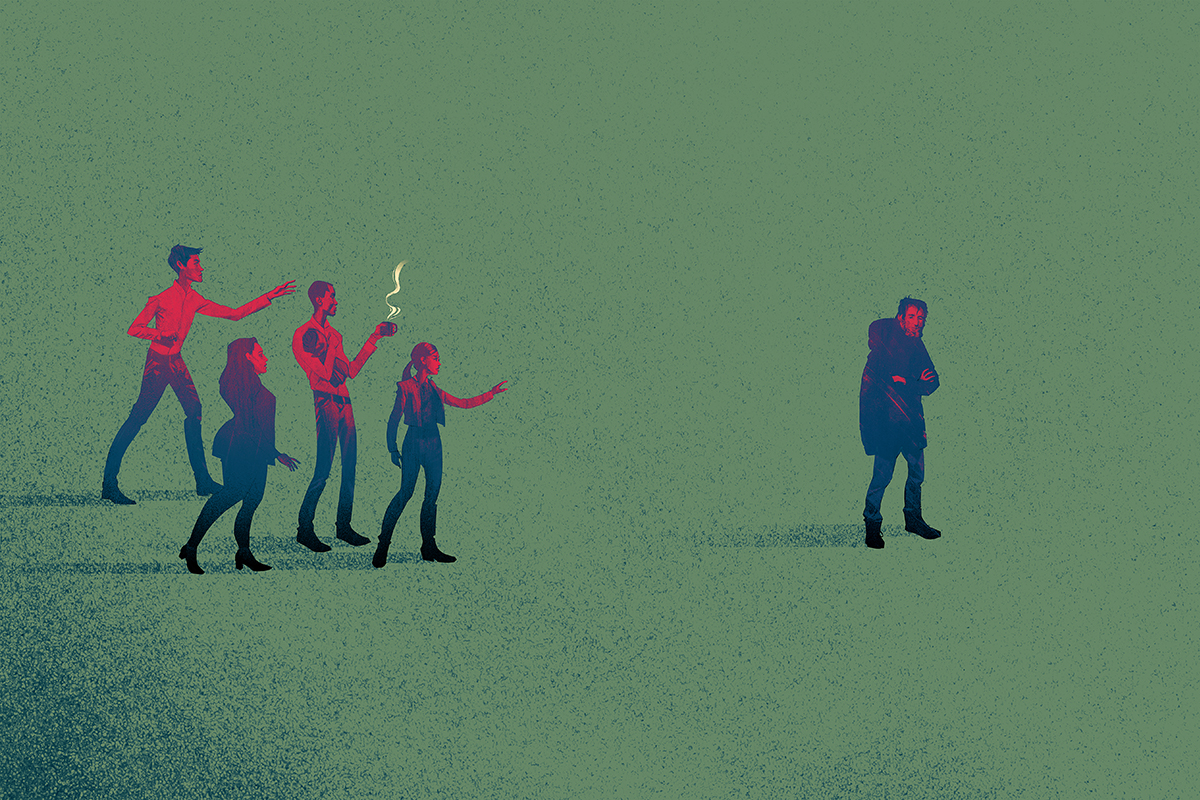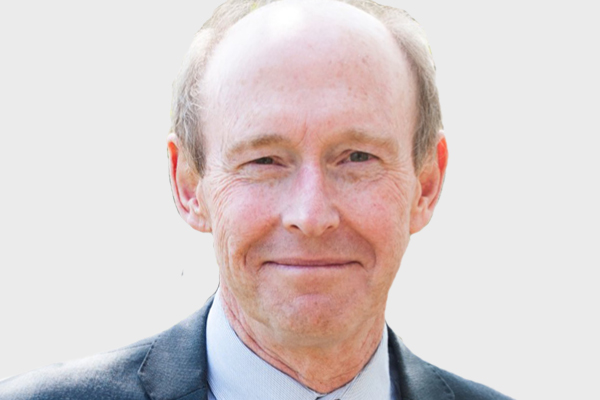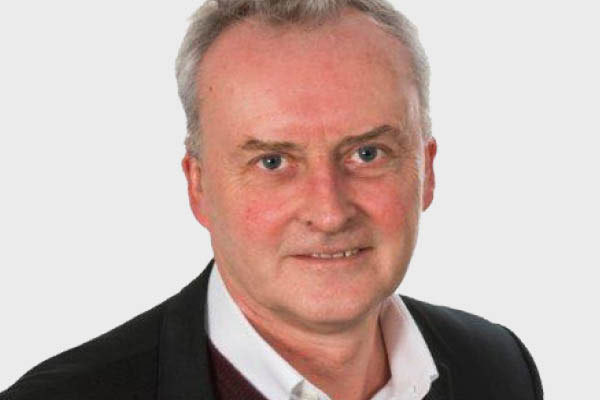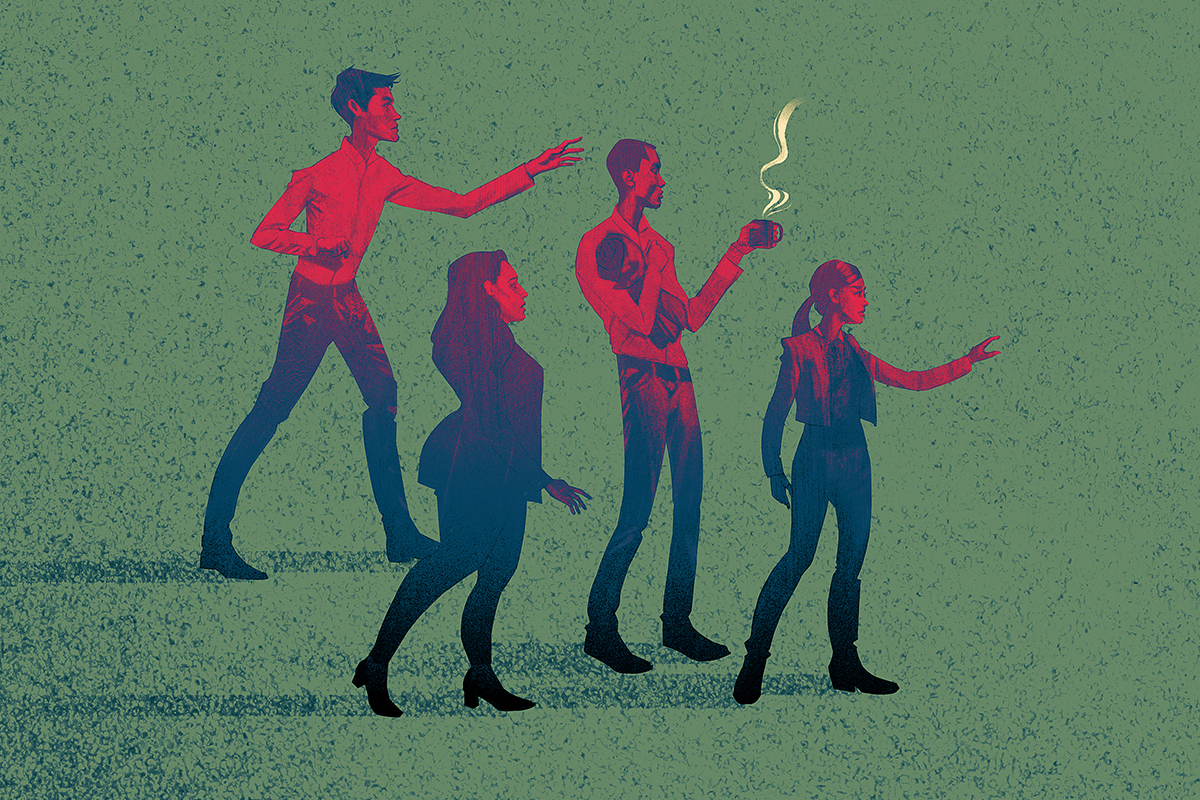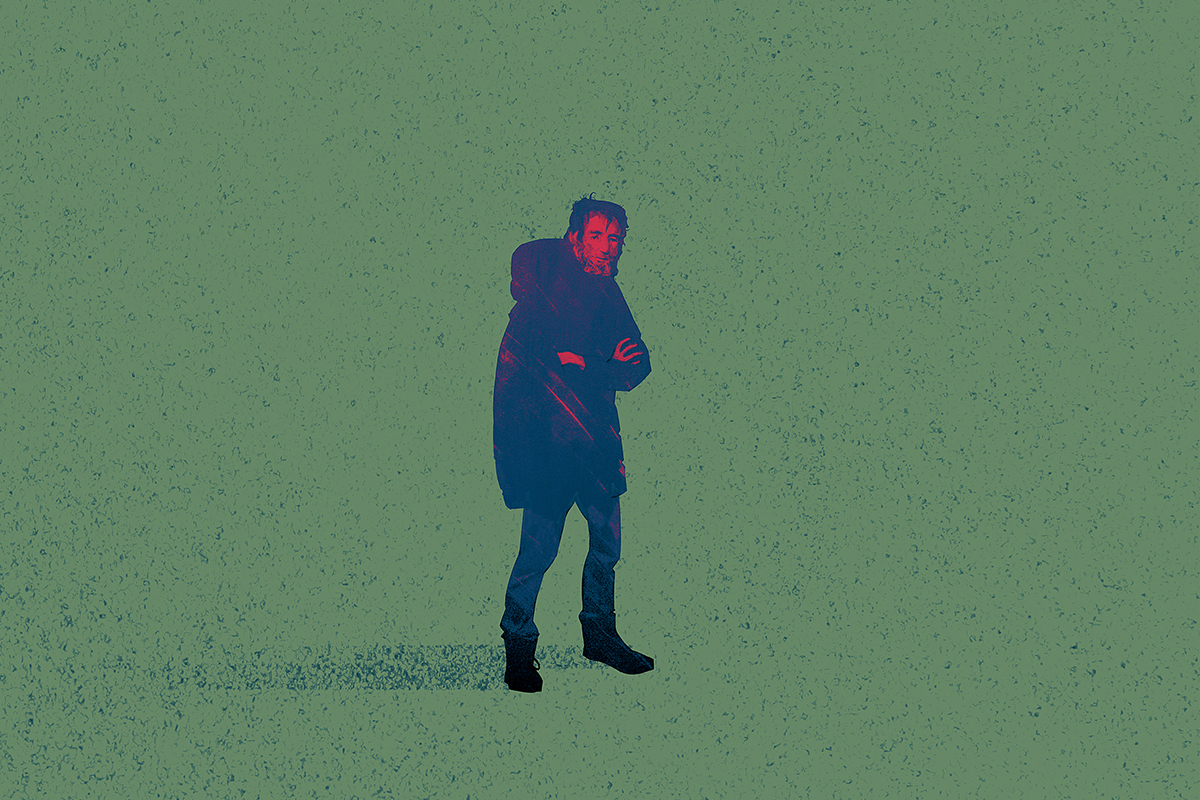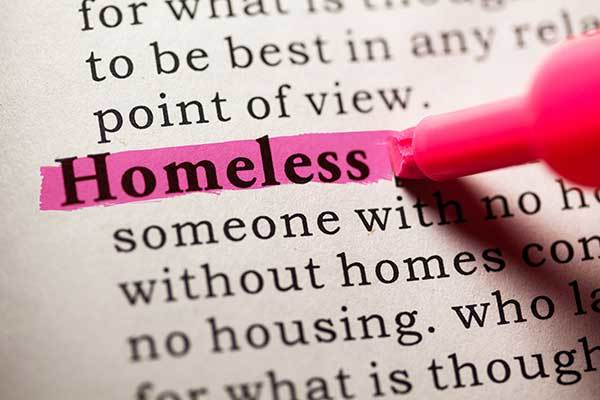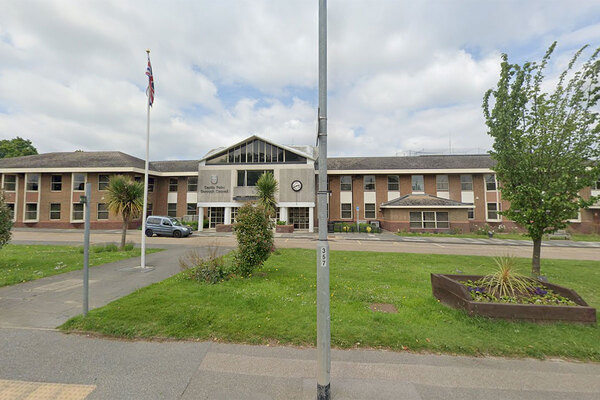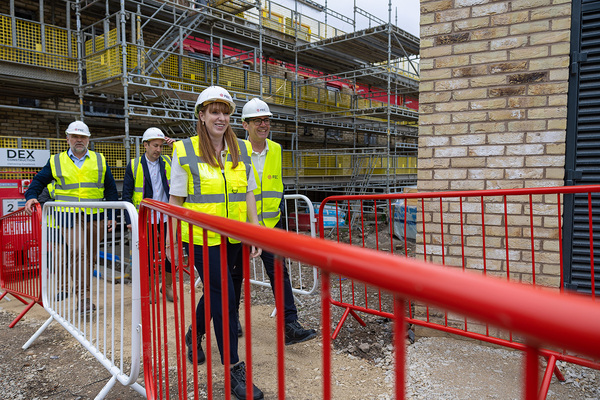You are viewing 1 of your 1 free articles
‘Wherever you see rough sleeping, you need to think about autism’
Having autism can make navigating the complex world of homelessness support even tougher. Peter Apps finds out about a toolkit that aims to make services more autism-friendly. Illustration by Corey Brickley
Daley’s* life spiralled into disarray when his parents died suddenly within months of each other. They had been his only regular source of support for most of his life and without their care, he collapsed.
He began drinking heavily, his health declined and he developed a compulsion for buying food and hoarding it. His flat quickly became uninhabitable and he found himself living in a large homelessness hostel in London.
Things did not start to get better until the support workers realised something about Daley: he is autistic. A different approach was required. But what?
“It’s not normally about money but time. It’s about using courage and creativity to do things differently” – Victoria Aseervatham, Westminster City Council
There was no real research into the link between homelessness and autism until 2017, when clinical psychologist Dr Alasdair Churchard published a report demonstrating that 12% of a sample of people presenting as homeless showed “strong signs of autism”. This compares with 1.1% in the general population. The problem is that existing homelessness services are not well set up to spot or adapt to autistic clients. Some even create environments within which autistic people simply cannot cope.
To tackle this, Dr Churchard led a multi-disciplinary steering group with the support of Westminster City Council and a number of homelessness and autism charities to pull together a ‘toolkit’ to help organisations find ways to adapt their services to the needs of people like Daley. This toolkit was published in April this year, and Inside Housing has spoken to some of the key contributors to ask what it includes – and what social landlords, charities and all those who deal with homelessness cases should do to make their services more autism-friendly.
Most people have heard of autism, but few could tell you accurately what it actually is. In short, it is a lifelong developmental disability known as a ‘spectrum condition’, meaning that people will experience it very differently. There are some common traits, however.
Autism typically involves difficulty understanding social communication and interactions. People with the condition find it hard to interpret tone of voice or sarcasm and often struggle to read facial expressions or intuit the feelings or intentions of others. They tend to favour routine and repetition and have ‘highly focused interests’, which can often come across as obsessions – anything from art, to music, to trains.
They may also have sensory sensitivity: being over or under-sensitive to light, sound, touch or pain. All these things make navigating the complex world of homelessness support even more difficult.
“The difficulty interpreting social interactions makes them very vulnerable in a homelessness context,” explains Dr Churchard. “If someone approaches them in a friendly way they might assume it’s a friendly person, when actually it might be someone with ulterior motives looking to exploit them in some way.”
If they have had negative experiences as a result, it can make them very defensive and perceive everyone as a threat, he explains. Busy hostels are noisy, complex environments filled with difficult social interaction. They can simply be too much for people with autism who need routine and will avoid sensory stimulus that they find uncomfortable.
Autism can also be a so-called ‘push factor’ onto the streets. “Wherever you see rough sleeping, you need to be thinking about autism,” says Victoria Aseervatham, rough sleeping commissioning manager at Westminster City Council.
“The story is the same again and again,” she says. “People have lived with their parents until they died and suddenly they find themselves unable to cope and on the streets.”
Dr Churchard adds: “Autistic people are unlikely to have stable employment or secure housing, and many have diagnosable mental health issues. It just ticks all those boxes that make you worry about homelessness risk.”
So what to do about it? The first step is identifying homeless people who may be autistic. The caveat is important: a formal diagnosis is complex, time-consuming and sometimes impossible – especially as adult diagnostic services are “ridiculously overstretched”, in the words of Dr Churchard.
But if support workers at least know what to look for, they can try adapting their approach. “Autism-aware techniques are not going to do any harm – you have nothing to lose,” says Ms Aseervatham.
The toolkit includes a simple checklist of 25 factors to look out for as possible signs of autism, such as not saying hello, clinging to a specific object, or a monotonous tone of voice. Then it moves on to list a number of specific adaptations that can improve the service for someone with autism.
For example, homelessness services tend to offer choice, and while that is seen as good practice generally, it can leave an autistic person feeling overwhelmed. Offering a straightforward ‘either/or’ choice is better than asking clients to imagine any number of possible alternatives.
Much of the rest of the toolkit includes simple but crucial advice: slow the process down, set clear routines and meet consistently. Keeping a regular support worker who can build trust with the client and grow to understand their needs can also be a game-changer.
“It’s not about going round diagnosing people as autistic. It’s about understanding that within the population of people who are homeless, some are autistic – so you need to create environments where people with autism can live” – clinical psychologist Dr Alasdair Churchard
“The fantastic news is it’s not normally about money but it is about time. It’s about using courage and creativity to do things differently,” says Ms Aseervatham. “Seeing someone’s behaviour in the context of autism makes all the difference. Why is the person sleeping under the motorway? It’s sensory. You start to see why people can’t cope with certain environments.”
The toolkit then provides advice on what to consider when seeking a settled home for an autistic client, including aspects such as communication and considering their social needs. “Ultimately it’s helped us get people who have been outdoors for a long time inside,” says Ms Aseervatham.
Later, Inside Housing meets Theo Laybourne, service manager at homelessness charity St Mungo’s. We meet at a centre that St Mungo’s had taken over in Maida Vale in north-west London a couple of weeks previously.
Nestled on a street of Georgian mansions and smart gastro pubs, the small centre would be almost invisible to a passer-by. Mr Laybourne is already plotting changes to the environment to make it more pleasant and turn it into what those in the sector describe as a ‘psychologically informed environment’.
The team has been using the toolkit to help clients displaying signs of autism. “It’s not about going round diagnosing people as autistic,” he says. “It’s about understanding that within the population of people who are homeless, some are autistic – so you need to create environments where people with autism can live.”
Some changes relate to the environment, for example dealing with bright lights and slamming fire doors. Others give staff the confidence to help clients who they had previously considered unreachable.
“What the toolkit did was stop staff feeling like they couldn’t cope or worrying they were not being good enough at their jobs,” he says.
There are, as ever, pressures with funding. “There’s really, really good autistic training out there, but that’s a cost that needs to be met. There is not enough money in the sector, to be absolutely honest. I think everyone knows that.”
There are also questions about how and why so many autistic people are ending up homeless or on the streets. Homelessness pathways focus on recovery, when people with autism need long-term support. Mr Laybourne cites the case of a man in his 70s, with autism and diagnosed
schizophrenia, living in another hostel.
“These people are going to live until 70 or 80 and need to be cared for. Should they be living in hostels where people are dealing with substance abuse, which can be loud and chaotic and scary places?” – Theo Laybourne, St Mungo’s
“He’s always going to need a level of support. He’s as happy as anything living there but he isn’t going to follow the pathway of someone who recovers and goes into education, gets a job and gets off benefits.
“It’s really important that hostels should be nice places to be, but there is a real gap there. These people are going to live until 70 or 80 and need to be cared for. Should they be living in hostels where people are dealing with substance abuse, which can be loud and chaotic and scary places?”
This is an indictment of a broader social care system that has not done its job in supporting adults with autism, especially as parents and carers die. But until this is fixed – if it is ever fixed – autistic people are going to keep arriving at homelessness centres in need of help. And this toolkit provides a starting point in providing that help.
And Daley? He is still in the hostel and still drinking. But now he has a support worker who he trusts enough to be coaxed out of his room for breakfast in the canteen. She is helping him to wash, change his bedding, and throw away food instead of hoarding it.
Staff at the hostel have identified his interest in newspapers, and now he brings in stacks each day and will sit and discuss the stories inside. He also has a routine that involves watering the plants in the hostel. In short, his quality of life has dramatically improved. And that is surely reason enough for the sector to sit up and take notice of the techniques that helped make this happen.
* Name has been changed
At a glance: Homelessness Reduction Act 2017
The Homelessness Reduction Act 2017 came into force in England on 3 April 2018.
The key measures:
- An extension of the period ‘threatened with homelessness’ from 28 to 56 days – this means a person is treated as being threatened with homelessness if it is likely they will become homeless within 56 days
- A duty to prevent homelessness for all eligible applicants threatened with homelessness, regardless of priority need
- A duty to relieve homelessness for all eligible homeless applicants, regardless of priority need
- A duty to refer – public services will need to notify a local authority if they come into contact with someone they think may be homeless or at risk of becoming homeless
- A duty for councils to provide advisory services on homelessness, preventing homelessness and people’s rights free of charge
- A duty to access all applicants' cases and agree a personalised plan
